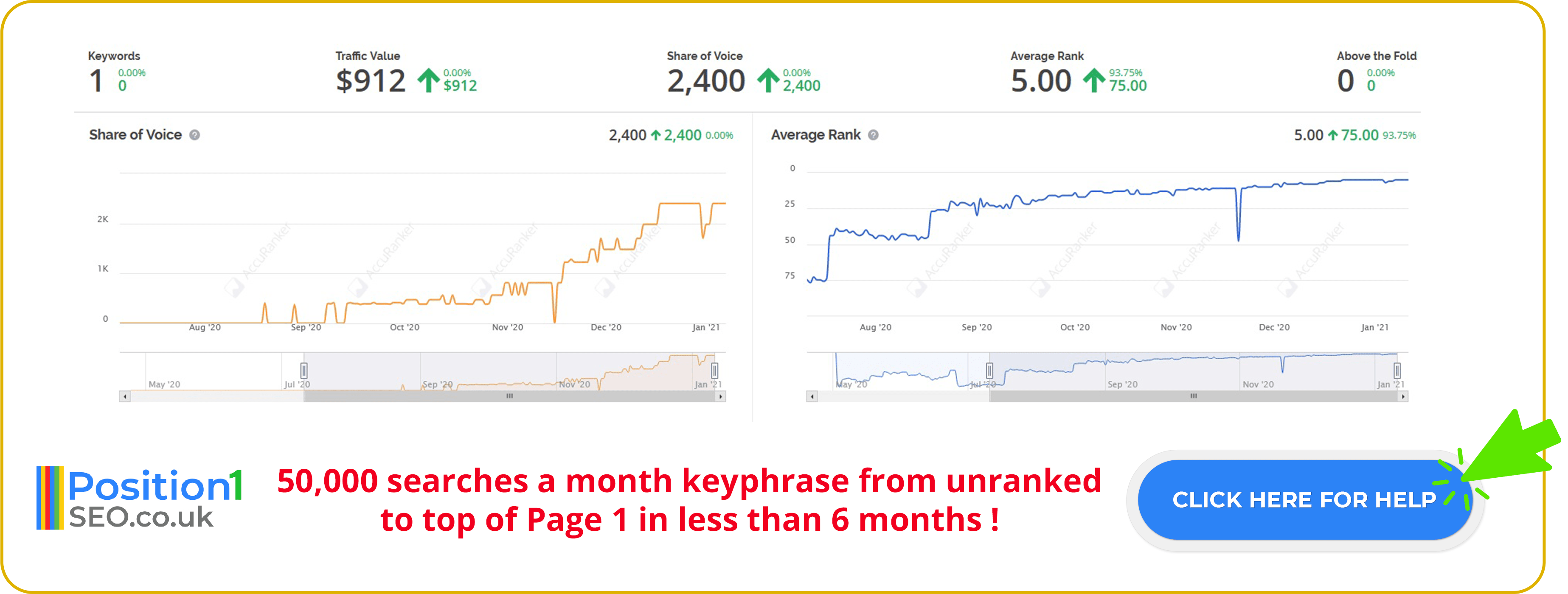
In the realm of meticulous financial scrutiny and accountability, the audit report stands as a testament to transparency and diligence. Comprising a symphony of key components, an audit report unveils the financial intricacies of an entity, offering valuable insights into its fiscal health. Amongst these fundamental building blocks, there exist eight crucial parts, each playing a distinct role in painting the comprehensive picture of an entity's financial affairs in the United Kingdom. Join us as we embark on a journey through the anatomy of an audit report, unraveling the significance of each part in the pursuit of financial clarity and trustworthiness.
This page supports our content about search engine optimisation analysis assessment and you can find other in-depth information about What is KPI in SEO by following this link or answers to related questions like What is KPI for an SEO report if you click here.

Before we dive deeper into the intricacies of the eight essential parts of an audit report, let's address some frequently asked questions about the significance of these components within the context of a search engine optimisation analysis assessment.
The criteria for a good audit report in the context of a search engine optimization check review in the UK include:
A good audit report should meet these criteria to provide a comprehensive, actionable, and valuable assessment of a website's SEO performance, ultimately helping the client achieve their online visibility and financial goals in the UK market.
Comprehensiveness (£): It should cover all relevant aspects of SEO, including on-page and off-page factors, technical issues, content quality, and backlink analysis.
Clarity (£): The report should be easy to understand, using plain language to convey findings, recommendations, and their potential impact in pounds.
Actionable Recommendations (£): It should provide specific, practical recommendations that the client can implement to improve their SEO performance and online visibility.
Data-Driven (£): The report should rely on data and metrics to support its findings and recommendations, allowing for objective assessment and measurement of results.
Transparency (£): It should be transparent about the audit methodology, data sources, and any potential conflicts of interest.
Prioritization (£): It should prioritize recommendations based on their potential impact, urgency, and feasibility, helping the client focus on high-priority tasks.
Customization (£): The report should be tailored to the client's unique goals, industry, and competitive landscape.
Timeliness (£): It should be delivered promptly to ensure that the client can act on the recommendations in a timely manner, maximizing the impact on their SEO performance and ROI.
Benchmarking (£): It should include benchmarking data to help the client understand how their SEO performance compares to industry standards and competitors.
Cost-Benefit Analysis (£): It should estimate the potential cost of implementing recommendations and the expected ROI in pounds, allowing the client to make informed decisions.
The basic structure of an SEO audit report typically includes:
This structured approach ensures a comprehensive assessment of SEO performance and provides clear guidance for improvement, all while considering financial implications in pounds.
Introduction (£): Providing context, objectives, and scope of the audit.
Executive Summary (£): A concise overview of key findings, recommendations, and potential ROI.
Audit Findings (£): Detailed analysis of on-page, off-page, technical SEO, and content issues.
Keyword Analysis (£): Insights into keyword performance, rankings, and opportunities.
Competitor Analysis (£): Benchmarking against competitors in terms of SEO metrics.
Backlink Assessment (£): Evaluation of backlink quality and opportunities for improvement.
Technical SEO Review (£): Identification of technical issues affecting SEO performance.
Content Evaluation (£): Assessment of content quality, relevance, and engagement.
Recommendations (£): Actionable steps to improve SEO performance and ROI.
ROI Assessment (£): Estimation of the potential cost and benefits of implementing recommendations in pounds.
Conclusion (£): Summarizing key findings and emphasizing the value of the audit.
Appendices (£): Supplementary data, charts, and additional details for reference.
In the context of a web optimization evaluation report in the UK, audit findings typically fall into four categories:
Categorizing audit findings helps in systematically addressing and prioritizing issues to improve web optimization while considering financial implications in pounds.
Technical Issues (£): These findings pertain to technical aspects of the website that affect its performance, such as page load times, mobile-friendliness, and indexability.
Content Analysis (£): These findings focus on the quality, relevance, and engagement level of the website's content, including keyword optimization and content gaps.
Backlink Assessment (£): These findings relate to the quality and quantity of backlinks pointing to the website, assessing their impact on SEO authority and rankings.
Keyword Performance (£): These findings revolve around the performance of target keywords, including rankings, search volume, and opportunities for optimization.
A standard web optimization evaluation report in the UK typically comprises:
This standard structure ensures a comprehensive assessment of web optimization while considering financial implications in pounds, helping businesses enhance their online presence.
Introduction (£): Providing context, scope, and objectives of the evaluation.
Audit Findings (£): Detailing key findings in areas like technical issues, content analysis, backlink assessment, and keyword performance.
Recommendations (£): Offering actionable steps to improve web optimization and enhance online performance.
ROI Assessment (£): Estimating the potential costs and benefits of implementing recommendations in pounds.
Conclusion (£): Summarizing findings, emphasizing the value of the evaluation, and encouraging action.
No, there are typically five stages in the audit cycle of an SEO audit report in the UK. These stages include planning, data collection, analysis, reporting, and implementation of recommendations. Each stage plays a crucial role in assessing and improving the website's SEO performance.
 In conclusion, as we conclude our exploration of the eight critical audit report parts, it becomes evident that these elements form the very bedrock of financial transparency and accountability in the United Kingdom. Understanding What are 8 audit report parts? is not merely an exercise in semantics but a gateway to comprehending the intricacies of an entity's fiscal health. By peeling back the layers of these fundamental components, we empower ourselves with the knowledge needed to navigate the complex landscape of financial assessments and, ultimately, to foster trust and reliability in our financial world.
In conclusion, as we conclude our exploration of the eight critical audit report parts, it becomes evident that these elements form the very bedrock of financial transparency and accountability in the United Kingdom. Understanding What are 8 audit report parts? is not merely an exercise in semantics but a gateway to comprehending the intricacies of an entity's fiscal health. By peeling back the layers of these fundamental components, we empower ourselves with the knowledge needed to navigate the complex landscape of financial assessments and, ultimately, to foster trust and reliability in our financial world.

For expert guidance on understanding the significance of the 8 audit report parts, contact Position1SEO today at 01414 047515, and embark on a journey towards financial clarity and trust.
Free Quote.
Free SEO Audit.
Free Conversion Advice.

Page 1 Guarantee or We Work for FREE !

Page 1 Guarantee or We Work for FREE !

| Cookie | Duration | Description |
|---|---|---|
| cookielawinfo-checkbox-analytics | 11 months | This cookie is set by GDPR Cookie Consent plugin. The cookie is used to store the user consent for the cookies in the category "Analytics". |
| cookielawinfo-checkbox-functional | 11 months | The cookie is set by GDPR cookie consent to record the user consent for the cookies in the category "Functional". |
| cookielawinfo-checkbox-necessary | 11 months | This cookie is set by GDPR Cookie Consent plugin. The cookies is used to store the user consent for the cookies in the category "Necessary". |
| cookielawinfo-checkbox-others | 11 months | This cookie is set by GDPR Cookie Consent plugin. The cookie is used to store the user consent for the cookies in the category "Other. |
| cookielawinfo-checkbox-performance | 11 months | This cookie is set by GDPR Cookie Consent plugin. The cookie is used to store the user consent for the cookies in the category "Performance". |
| viewed_cookie_policy | 11 months | The cookie is set by the GDPR Cookie Consent plugin and is used to store whether or not user has consented to the use of cookies. It does not store any personal data. |
